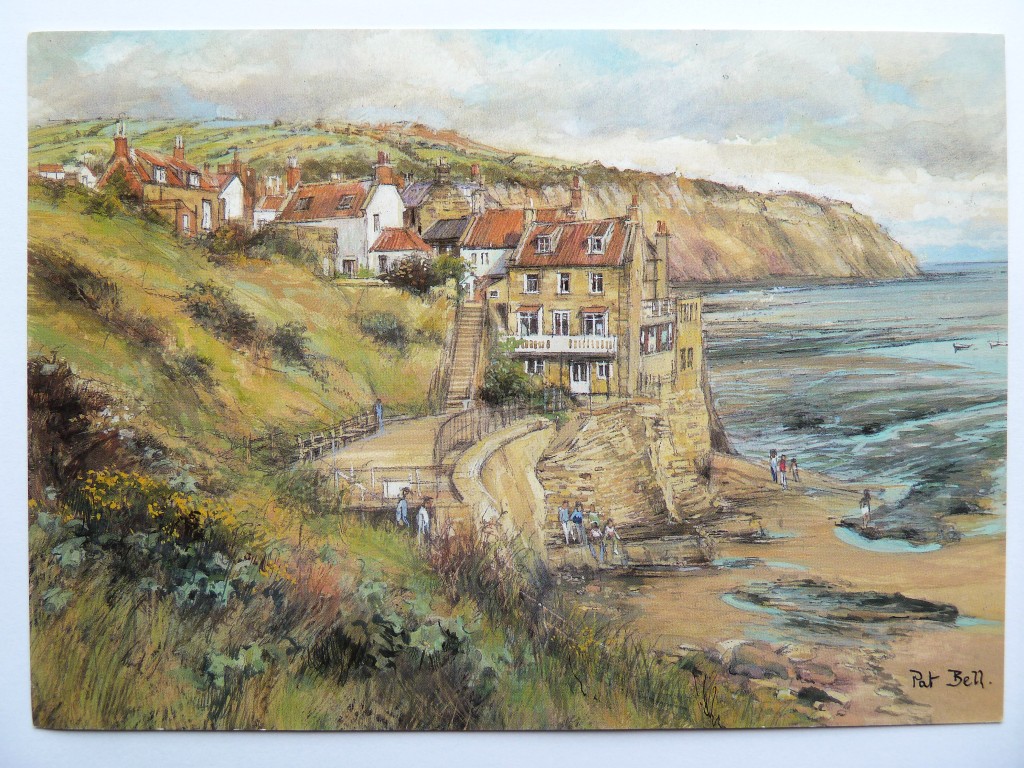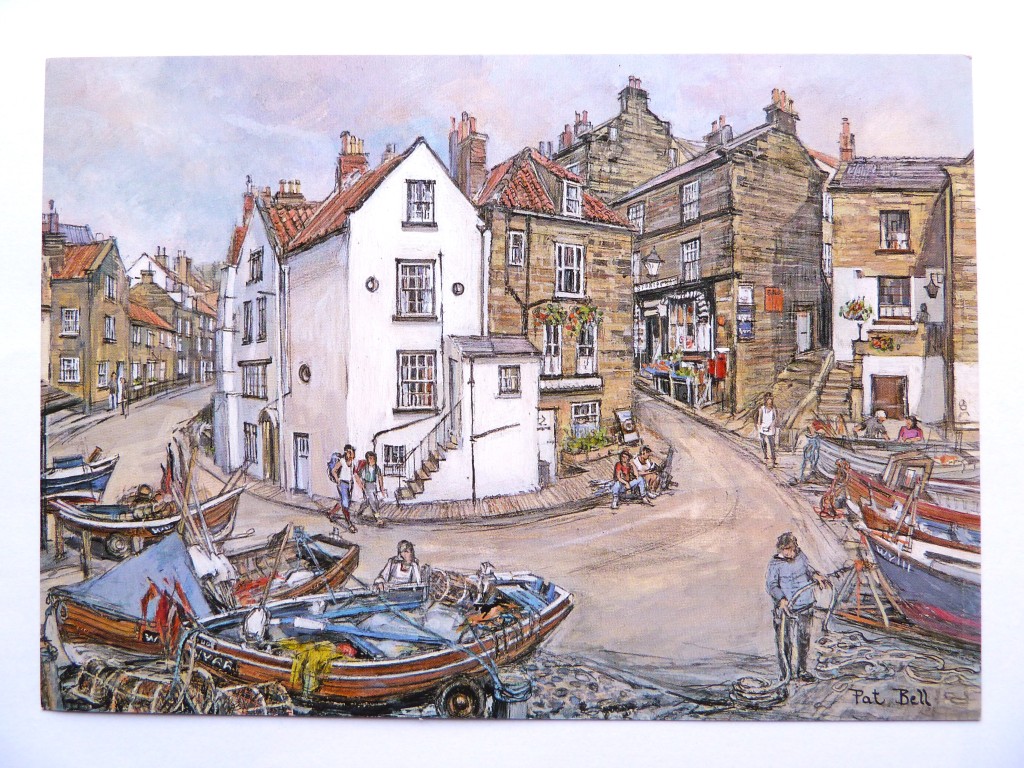31 May 2024 – Dr Sophie Louisa Bennett, PhD Conservation Biology (Lincoln 2016), MA Modern and Medieval Languages – German and Swedish (KC 1987, Cantab 2020), Diploma in Translation – German into English (City University/Institute of Linguists 1998)
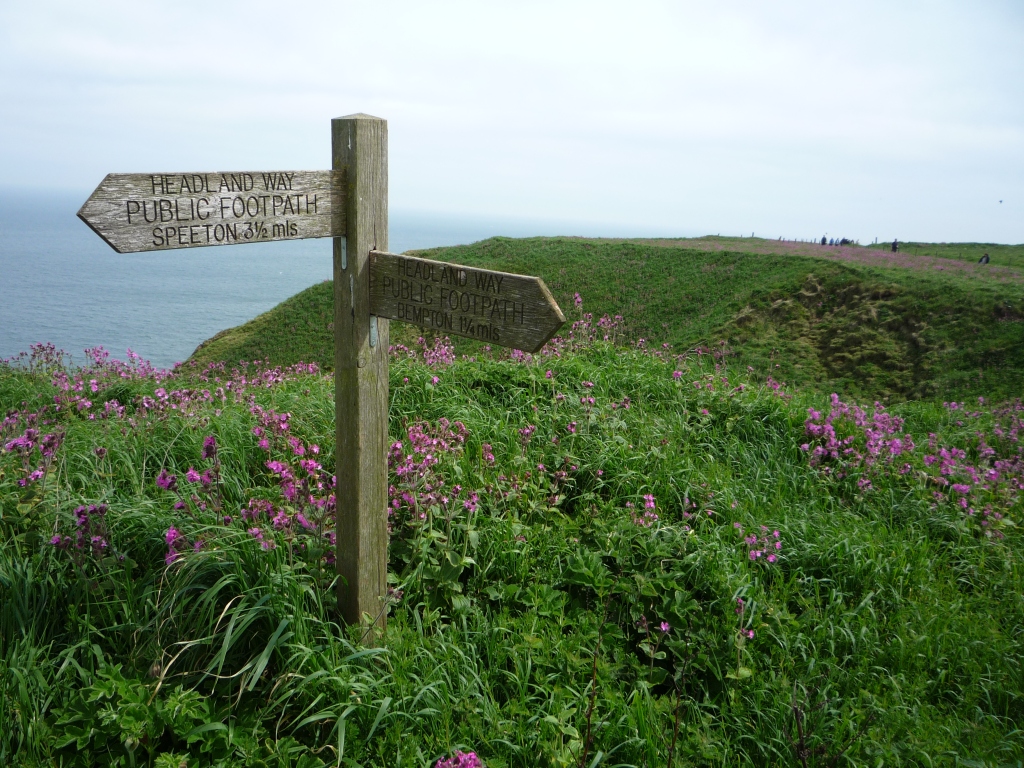
Well, not exactly Ecuador or a rain forest, but okay for a week-long field trip nonetheless. The annual field trip to Boggle Hole for University of Lincoln undergraduates of anything to do with animal science. For some students this might even be the trip of a lifetime and inspire them to do something new or follow another thing up. Ten years before there had been no such field trips – a day out here or there to a local-ish Nature Reserve or activities on site at Riseholme. Some academics even considered that ‘experience in the field’ was up to the students themselves to organise during their own time.
For me, the loveliest aspect was probably a stop-off at Bempton to see the sea birds en route. I’d never been in all my years of living really not that far away and yet having volunteered on an RSPB reserve all the way away down south in Dorset. Spectacular. Gannets, Fulmars, Kittiwakes, Razorbills and Guillemots, and I thought maybe even Little Auks too, but my eyes were probably deceiving me. Probably a Puffin in silhouette…
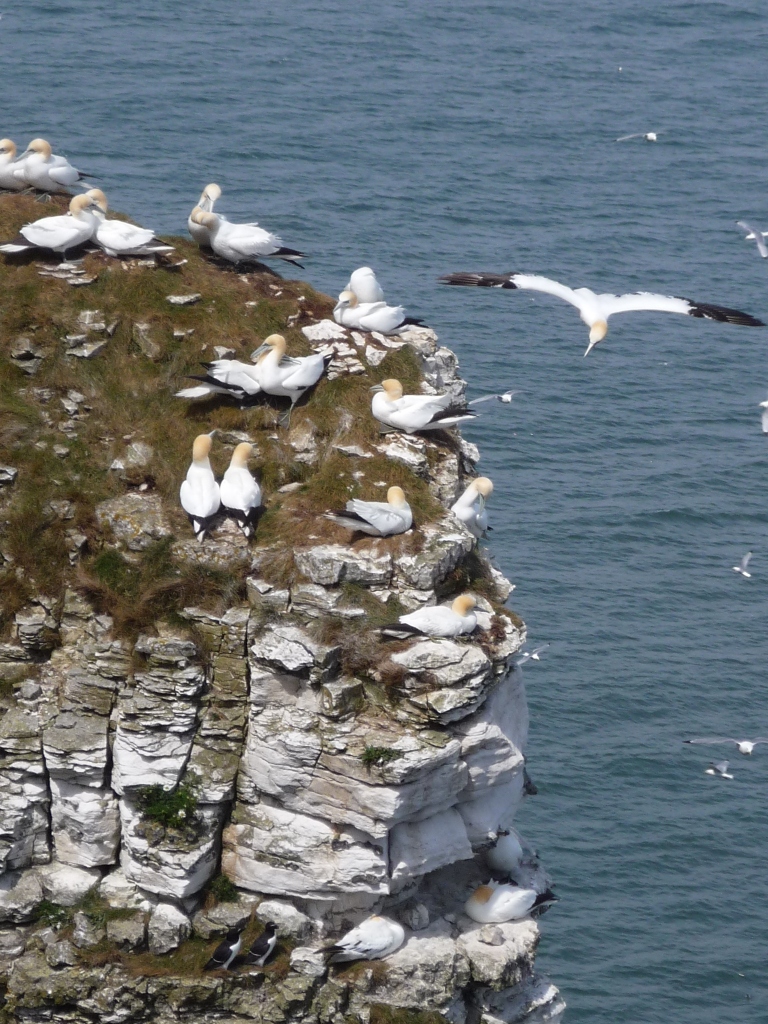
As you go down towards the cliffs from the visitor centre you pass by hedgerows, margins and meadows alive with other sounds. Plenty of bird song of course, but so much besides. Bempton. Spectacular for its Gannetry alone.
I knew what would await us on the approach down to Boggle Hole and the Bay. A very steep descent in the minibus and a narrow, stoney and slippery pathway to the Youth Hostel, along which we would pass multiple times, hefting suitcases and equipment for the ecological classroom space separate from the main Youth Hostel building.
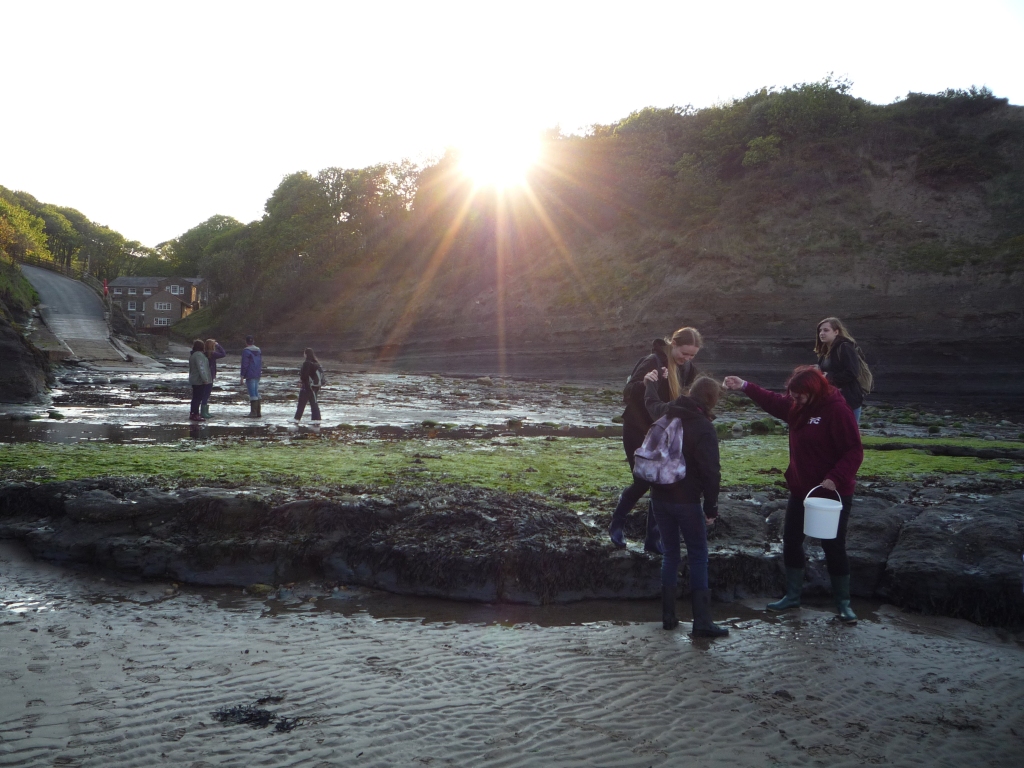
I shared a room with Liz, a proper marine biologist, who could easily find her way round a rock pool and much more. She seemed so much in her element. I could see her delight at being there. Even though it was her birth(day) week (there is no such thing as a mere birthday nowadays!) and she was a way away from home.
My recollections are of a mostly relaxed atmosphere up until the final presentations when things became much more feverish and fraught. Always happens with group work when you are on unfamiliar territory doing unfamiliar activities and working with unpredictable ‘variables’. I wasn’t always that confident with directing the statistical analysis – although quite competent with SPSS – but I did suggest various activities for groups which they were free to pursue or not. As we were at the coast, maybe a botanical foray. As it happened the pair who took up my suggestion were enthusiastic, but not well-received by the academic evaluators. Anyhow, at least they enjoyed their time in the great outdoors and, even if their identification of a “Nottingham Catchfly” was rather unlikely (although it was clearly one of the Campions), creditably engaged.
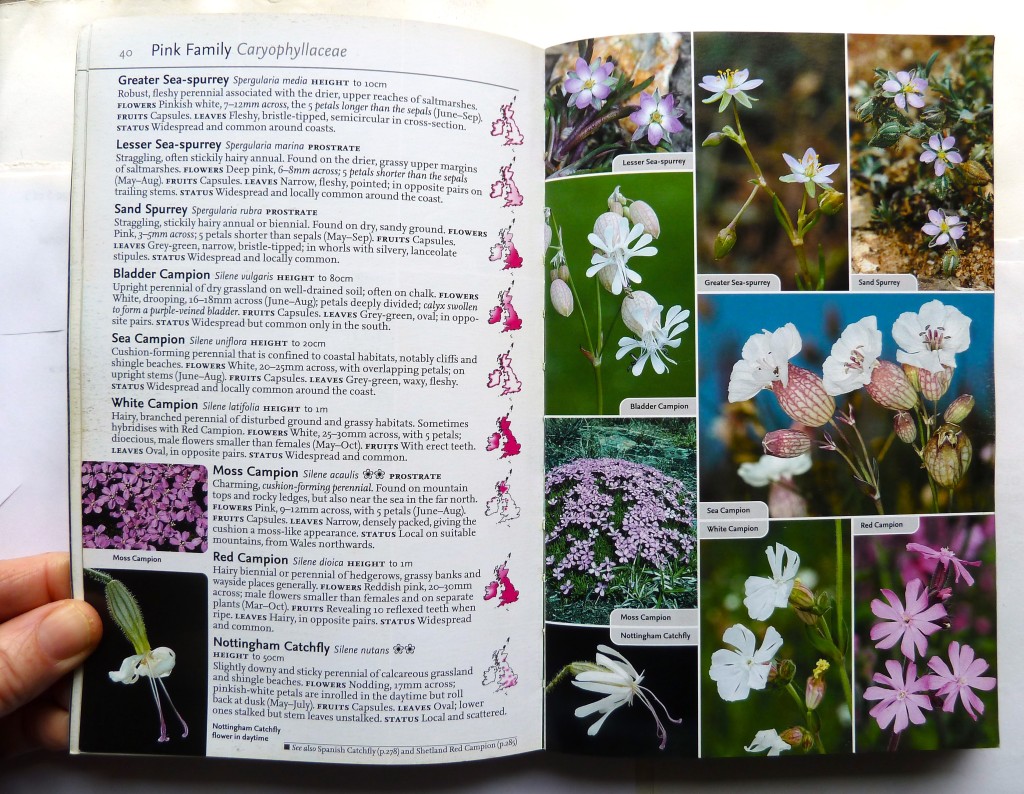
One or two found Ammonites and other keepsakes. On a previous visit some years before one had found a horse tooth which was thought to be prehistoric. Never any footprints of the ancestors, that I know of. But how old were these Ammonites? A perfect specimen, I think. I couldn’t remember exactly and a figure of millions of years came to mind – oh you have something in your hand there which is at least 60 million years old (an underestimate by only a few million years). Many tens of millions of years old – hardly conceivable really to a young species such as ours.
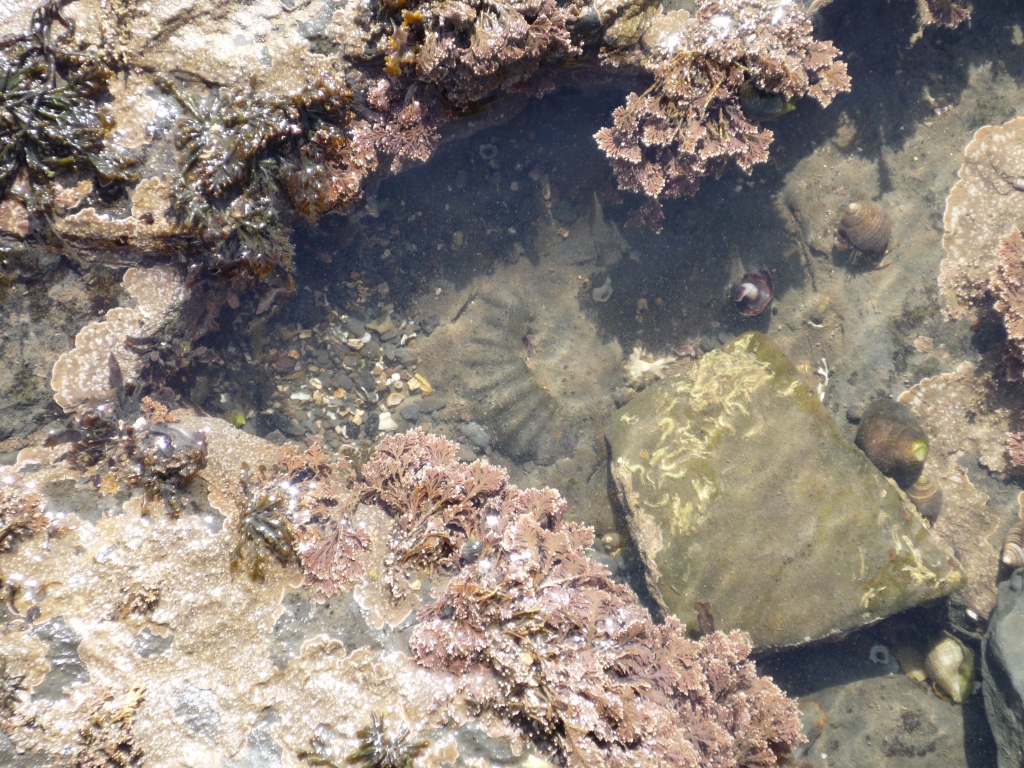
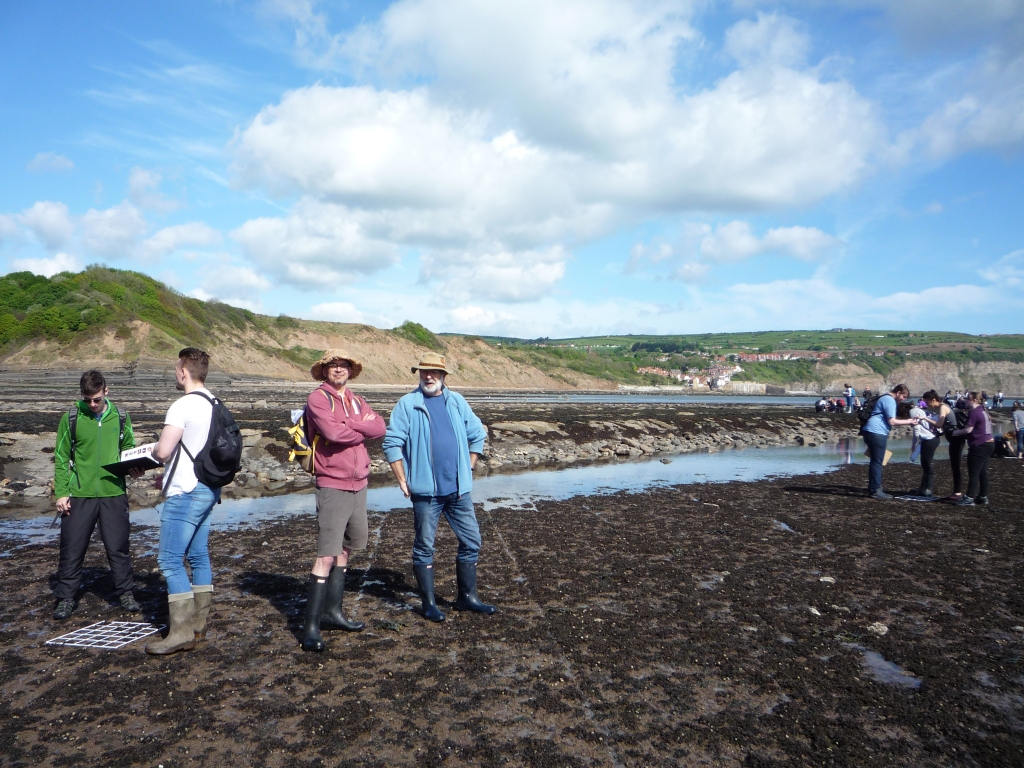
I felt I learnt a lot myself – especially the anatomy of the The Oar Weed with its strong stipe and ‘anchor’ – the holdfast. Many other species of Seaweed carpeted the rocky shoreline and held as well as camouflaged dangers; an array of colours, some red, others reminiscent of army camouflage. Depending on their species and freshness. I held many a Hermit Crab, was nipped by Shore and Velvet Crabs, saw Brittlestars and shy Fishes, brushing against the Anemones to provoke a reaction.
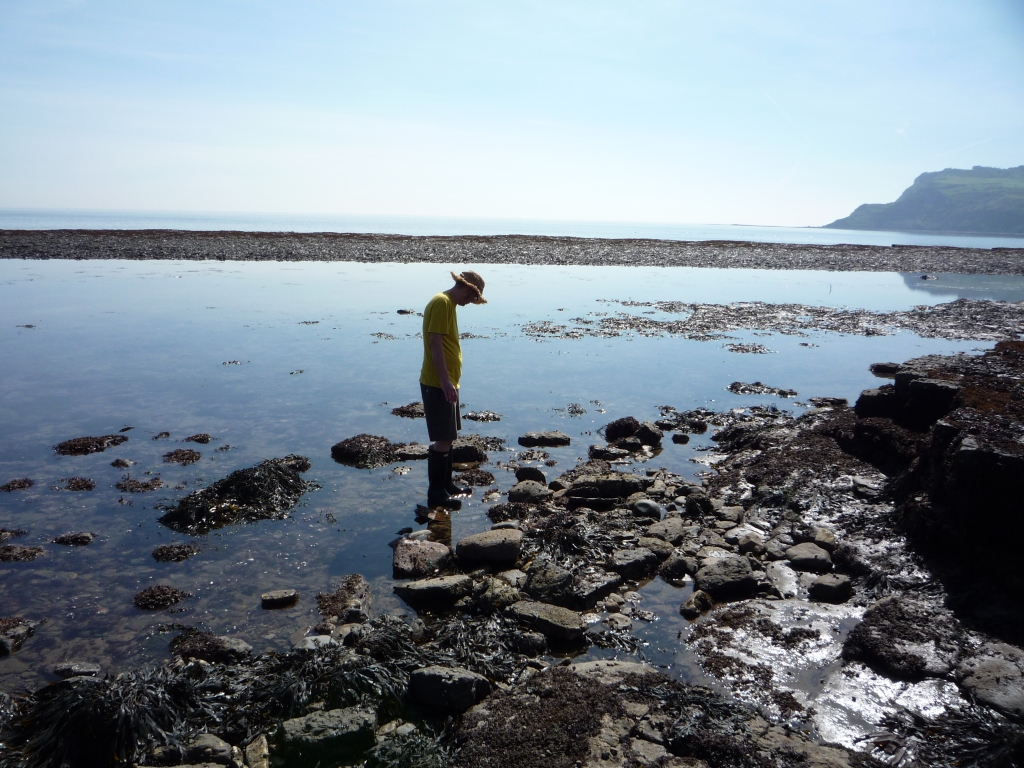
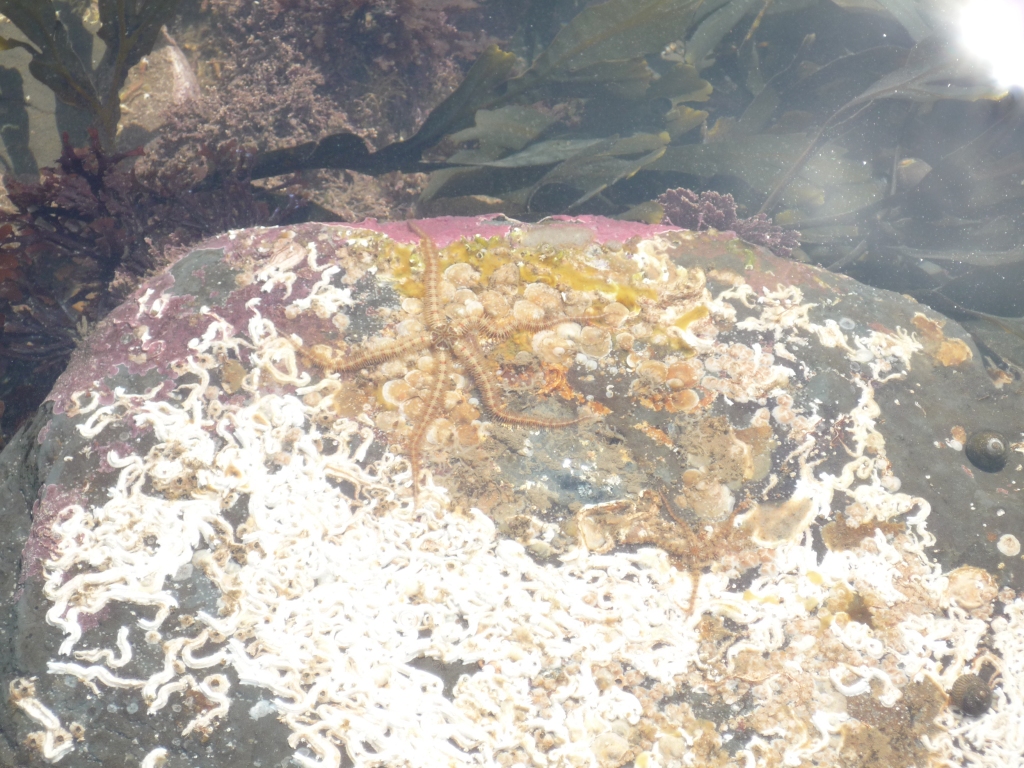
As ever, I took photo after photo. The conditions were so brilliant for the most part. There was sampling and surveying on the beach for both Seaweed species and marine animals. Students threw quadrats and counted what they found. You just had to watch out for tricky tides and striations and markings and ruts in the rocks that could be confusing if you were trying to work out where your transect was running and whether you were walking in a straight line towards the cliff face.
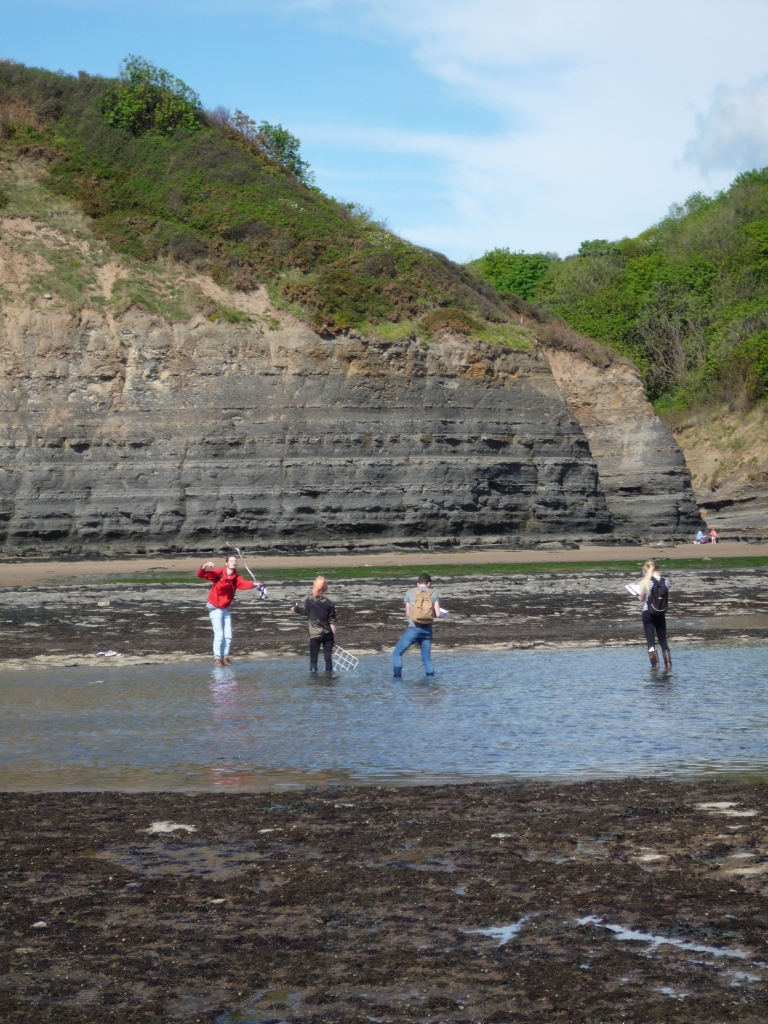
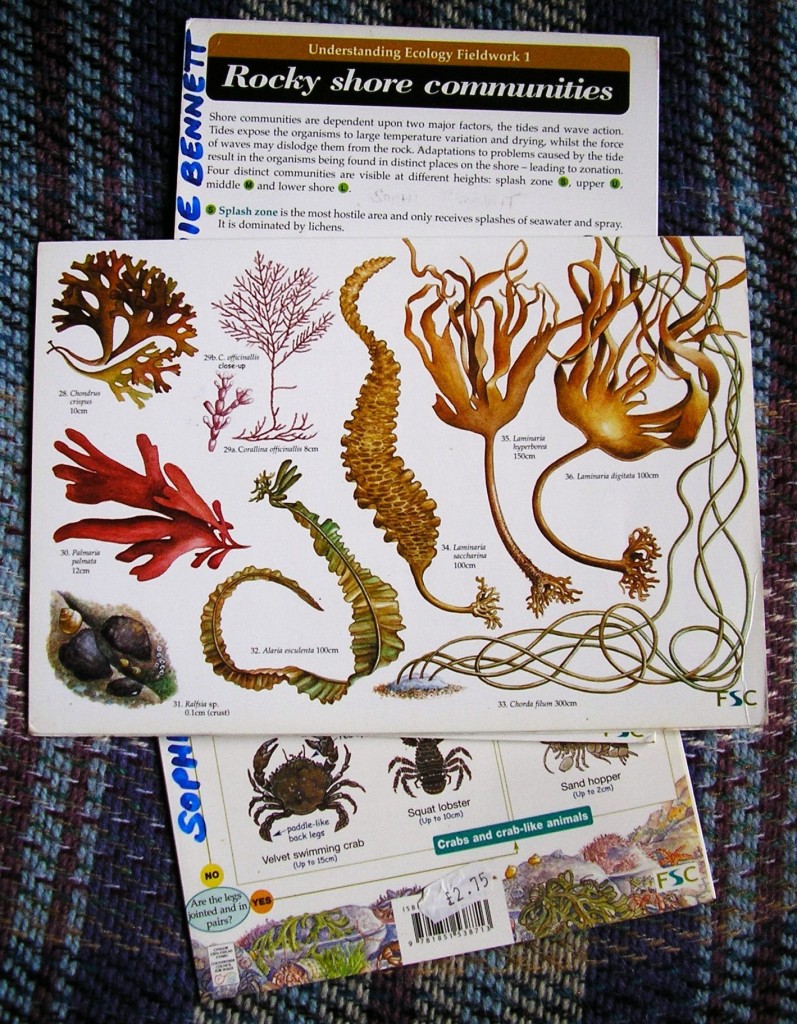
The incoming tide was something to be aware of – especially at night in the dark, slightly inebriated after a visit to the pubs across Robin Hood’s Bay. Some were nearly caught out. Not I as I stuck soberly to the cliff top and the long dark path back to Boggle.
Apart from losing a favourite pair of pants (gone for good down the laundry chute wrapped in a sheet no doubt) and the awkwardness of sharing unisex toilets, which are never plentiful enough in a Youth Hostel, there were many good memories. Charles and Paul pulled my leg, Charles particularly on the way back in the minibus: in more melancholy mood I took up my usual pursuit of I Spy Roadkill. As we drove south along single carriageway, but nonetheless fast-moving roads, over the Humber Bridge and down the A15 homewards.

Strange how I find only today that the first track on the 1997 Clannad compilation I have is from the album Dúlamán – Seaweed! I hadn’t listened to the album for months and something made me pick it up… Today I went from Robin Hood’s Bay to Robin the Hooded Man, via the Shetland Isles – and back in the room again. Siúil, a Rúin… Siúil go socar agus siúil go ciúin – Walk steadily and walk softly. And I suppose that is all we can ask people to do now – tread lightly…
